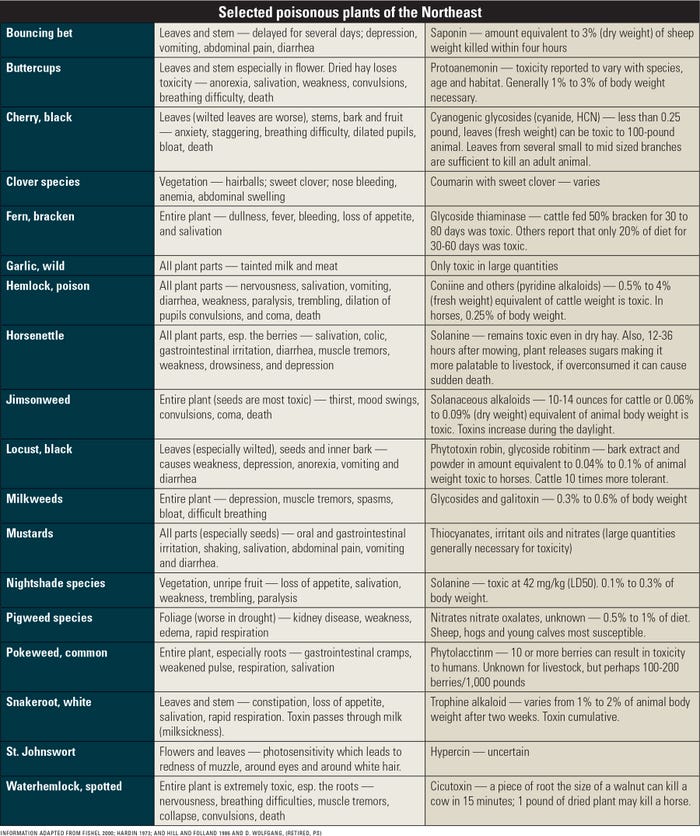Dwight Lingenfelter, Extension Associate, Weed Science, PennState Extension
(Previously published online with Farm Progress, American Agriculturist: May 26, 2023)

(Image Source: Ohio Ag Net | Ohio’s Country Journal)
Over the holiday weekend, I took the opportunity to make the trip back to my parents to help make hay. While working the fields, I noticed a few plants along the field edges that made me cringe. Upon closer inspection, what I unfortunately found where four stalks of poison hemlock. With a pair of gloves and my trusty trimmers, I took care of these stately weeds. I also made a note in my phone on where these weeds where on the farm in addition to a marker flag so I could return this fall to take care of any additional regrowth that may occur. With this being, I found this piece from Penn State University to be quite timely and useful as we come into what I see as a stretch of dry weather. As pastures and hay fields continue to be knocked down, this year it will be most important to take a closer look at the issues that toxic pasture and hayfield weeds may play in our livestock operations.
During drought and the usual summer slump that reduces forage growth, there are concerns for poisonous weeds in pastures and hay.
Livestock may be forced to graze on weeds they normally would not, or they may eat weeds out of curiosity. It is important to scout your pastures and remove these weeds — or broken limbs and leaves — before they cause health problems in your animals.
Check out these poisonous plants that are often seen throughout the Northeast and Mid-Atlantic.

There are numerous poisonous plants that could invade an area or pasture. Many plants contain potentially poisonous substances that may be toxic to livestock if consumed in large enough quantities.
In addition, certain plants may be problematic because of mechanical irritation when eaten; photosensitization; and disagreeable tastes or odors in meat, milk, or milk products.
If you suspect livestock poisoning, call your local Extension educator or veterinarian immediately. If death occurs, the stomach contents should be examined for consumed herbage. Identify the suspected plants and remove livestock from the grazing area until all poisonous plants have been removed or destroyed.
Here are some more key points about weed forage quality and poisonous plants:
• Some weeds have excellent nutritive quality.
• Weeds in the vegetative stage of development usually are more nutritious than more mature weeds.
• Regardless of weed quality, livestock may avoid grazing certain plants because of taste, smell, or toxicity.
• Some plants contain potentially poisonous substances that may be toxic to livestock if consumed, so properly identify potential problem weeds and consult with a veterinarian if necessary.
• A productive pasture is important to reduce the potential incidence of toxic weed exposure to livestock. Remember to soil test and maintain the proper lime and fertility levels.
• If possible, routinely mow or spray to manage weed problems within and around the pasture area.
Recently, there has been some research that suggests that for every pound of weeds present in pastures, available desirable forage is reduced by 1-1.5 pounds. So, if a pasture is weedy, there is a lot of forage that is not being consumed by the livestock, or the forage is unable to compete with the weeds.
For additional information and resources on plants that are poisonous to livestock, see these sites:
• The Weed Science Society of America
*Editors note: For those interested in viewing the quick slide show associated with this article that highlights specific weeds of interest, be sure to view the original posting listed above in the by-line.
